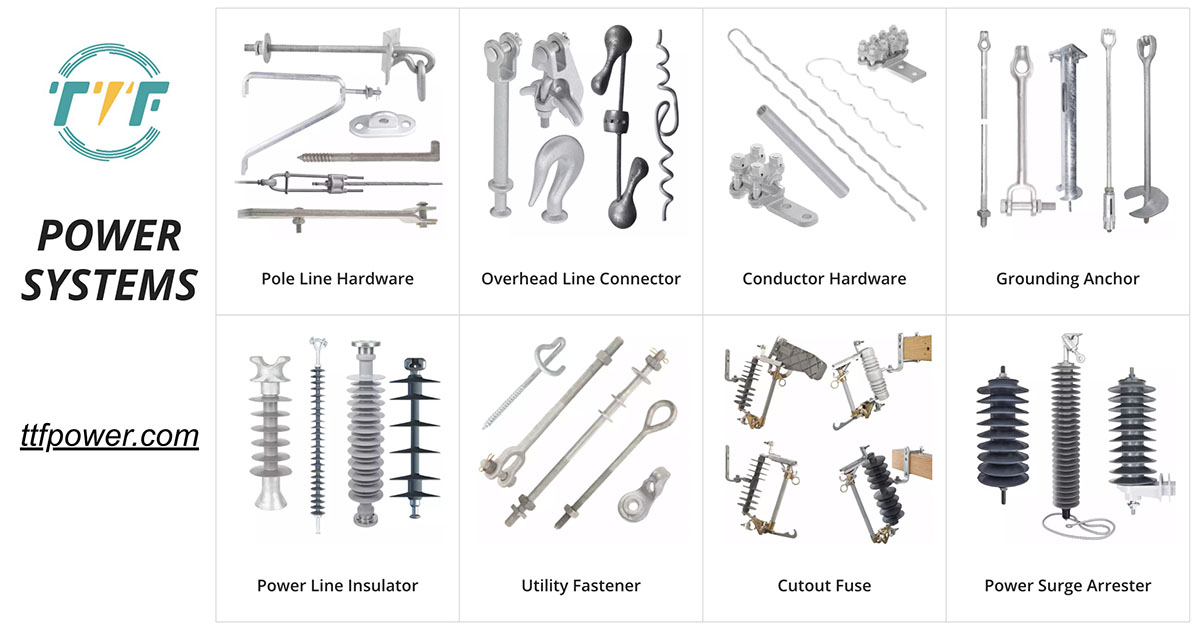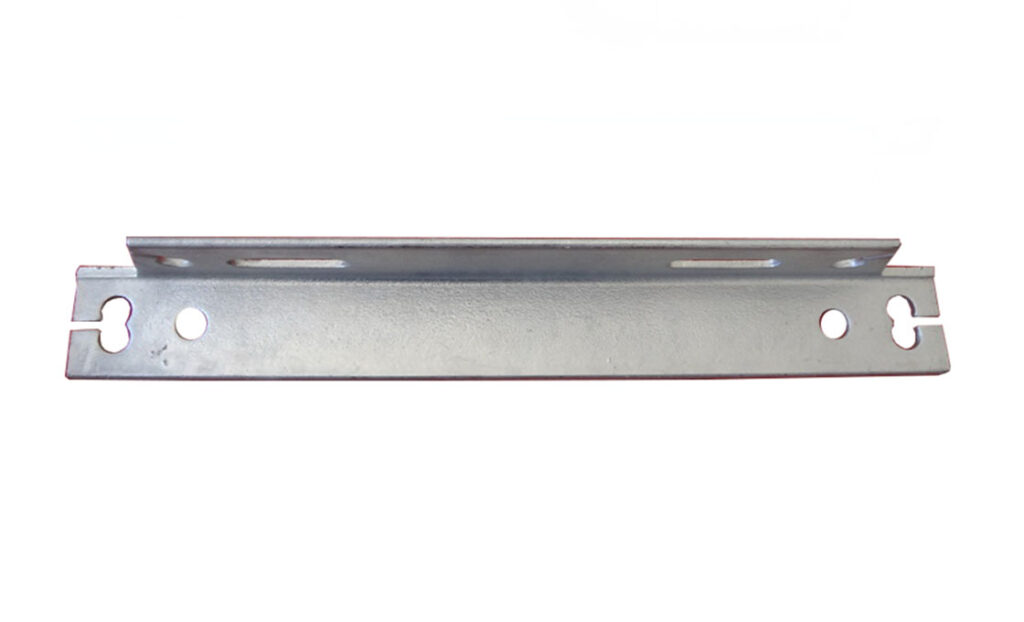
Ecuador has been fighting the impacts of extreme weather conditions over the past few months. The country has experienced power shortages and blackouts caused by increased drought in the country. In September, the drought worsened, affecting the reservoirs of hydroelectric power plants. About 72% of electricity supply comes from the hydroelectric plants. Following this, Colombia suspended the electricity supply to the country due to the drought. The criseis also arise from the increasing demand, aging infrastructure, and limited investments in new energy generation capacity. This affects the economic disruptions, social impacts, and environmental concerns. According to the energy ministry, the country can expect 838 megawatts to be added between November and December. However, the country could also put in place several measures to address the energy crisis. This includes promoting energy efficiency, investing in renewable energy, and modernizing infrastructure. Steel crossarms play a crucial role in supporting power lines.
Steel crossarms provide a stable platform for mounting conductors and insulators. They help to ensure the integrity of the power transmission system. Steel crossarms have designs to withstand strong winds and ice loads in Ecuador’s diverse climate. Well-maintained crossarms contribute to the reliability of the power grid and ensure uninterrupted power supply. Extreme weather events in Ecuador, such as droughts, impact power generation and supply in the country. This can cause economic disruptions, social impacts, and infrastructure damage. The country has been investing in infrastructure upgrades and diversifying the energy sources to mitigate the impacts. However, Ecuador continues to face challenges in ensuring a reliable and resilient power.
Impacts of increased droughts on power generation and supply in Ecuador
Extreme weather conditions, such as droughts and storms, can impact power generation and supply. This leads to disruptions, infrastructure damage, and fluctuations in energy availability. Extreme weather conditions affect the availability of resources like water for hydropower. It is important for Ecuador to invest in climate-resilient infrastructure and diversify its energy mix. This will reduce dependency on specific energy sources. Steel crossarms help to ensure a reliable power supply and reduce disruptions during weather events. The following are the impacts of extreme weather conditions on power generation and supply.

- Hydropower generation – increased drought reduces the water levels in reservoirs and rivers. This reduces hydropower generation capacity.
- Increased reliance on fossil fuels – Ecuador is dependent on the use of thermal power plants to compensate for energy losses. This increases greenhouse gas emissions and increases energy costs.
- Power outages and rationing – severe droughts can lead to electricity shortages and the need for power rationing. This affects daily life, economic activities, and critical services.
- Renewable energy integration – droughts highlight the need for better integration of renewable energy sources. This is to reduce the dependence on hydropower and improve grid resilience.
Capabilities of steel crossarms in mitigating impacts of weather conditions on power generation
Using steel crossarms helps to mitigate the impacts of extreme weather conditions on power generation and supply. Steel crossarms support electrical conductors and keep them spaced apart in overhead power lines. This helps to ensure the stability and safety of power transmission across Ecuador. They are durable, corrosion resistant, and are able to withstand seismic activity. Steel crossarms contribute to maintaining energy security and supporting sustainable development in Ecuador. At TTF Power, we are a one-stop-shop for utility pole hardware fittings, transmission line accessories, and power line construction equipment. The following are the roles of steel crossarms in mitigating impacts of weather events on power generation and supply.

- Structural stability – steel crossarms provide a strong and durable support structure for power lines. This helps in maintaining the integrity of the grid during severe weather conditions. They have a strong construction that ensures power lines remain in place to reduce the risk of line sagging or collapse.
- Corrosion resistance – Ecuador has diverse climatic conditions, including coastal areas, mountainous regions, and the Amazon rainforest. These conditions expose the power infrastructure to high humidity, salt air, and temperature fluctuations. Steel crossarms provide corrosion resistance compared to other materials. This helps to maintain the longevity of the power infrastructure and ensure electricity transmission.
- Reducing power outages – steel crossarms reduce power outages by providing a stable platform for power lines. Their strength prevents line breakage and reduces the risk of electrical faults.
- Renewable energy integration – steel crossarms provide the necessary structural support for transmission lines. These lines connect renewable energy plants to the grid and ensure stable power transmission under different weather conditions.
